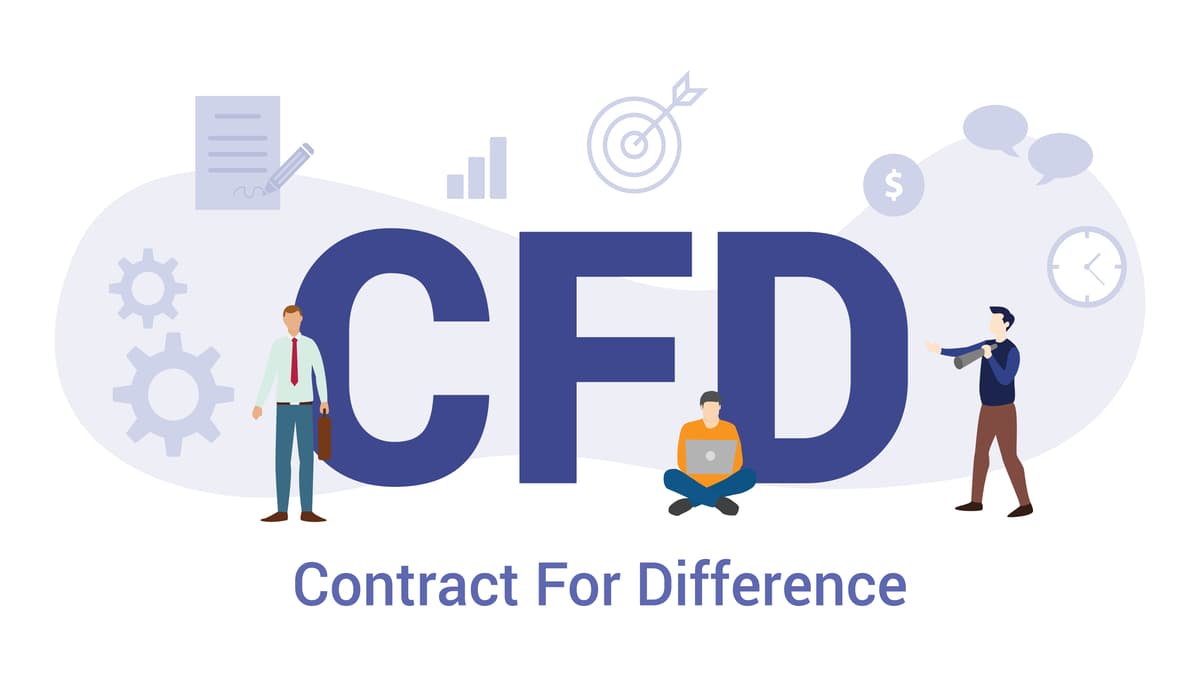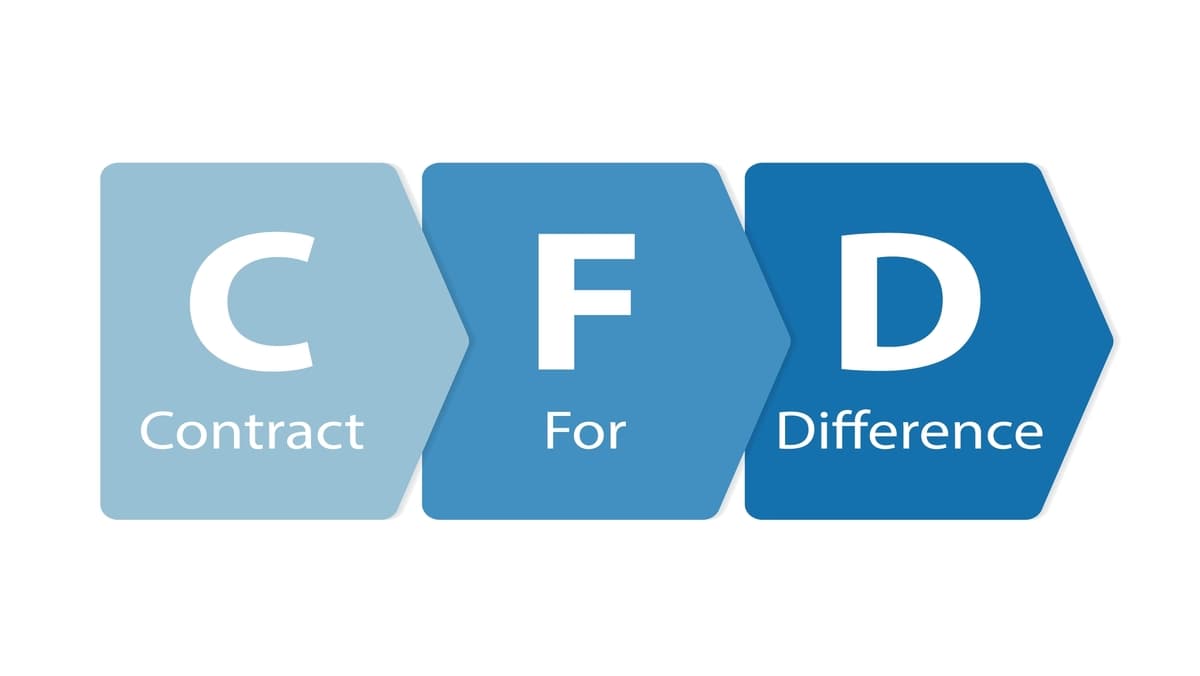The recent FOMC meeting has raised questions about the future path of interest rates, driven by a lack of economic data, persistent inflation, and internal divisions among policymakers.
Natixis analysis suggests gold prices could fall as low as $2000/oz, but strong Chinese demand may limit the downside. Analysts expect prices to consolidate in 2026 with upside risks remaining prevalent.
This article examines the underlying causes of the current US government shutdown, highlighting critical dates that could influence negotiations between the two parties. It focuses on disagreements over Obamacare funding and the shutdown's impact on federal employees and citizens.
Heavy insider selling indicates caution. Does this signal an impending market correction? Let's explore.
Speculation is growing on Wall Street about the Federal Reserve ending its quantitative tightening (QT) program. This article analyzes the reasons behind these expectations and their potential impact on financial markets.
As markets widely anticipate a potential interest rate cut by the Federal Reserve, the government shutdown casts a shadow on decision-making, leaving policymakers lacking crucial economic data.
Jensen Huang anticipates substantial revenue growth for Nvidia driven by new AI chips and announces extensive strategic partnerships.

NVDA Stock Jumps over 2.99%: Nvidia shares moved notably higher during today’s session, drawing attention across markets. The rise reflects a mix of corporate updates, industry dynamics, and market positioning.

Oil price forecast: Crude oil prices recently eased, prompting market participants to reassess near-term trajectories.

S&P 500 Stocks Analysis: The S&P 500 features a wide range of companies across various sectors, with some of the most influential players being Nvidia, Amazon, and Salesforce.

USD/INR Analysis: The USD/INR currency pair represents the exchange rate between the United States dollar and the Indian rupee.

Where to trade bitcoin CFD: Trading Bitcoin through Contracts for Difference (CFDs) has become a popular way to engage with cryptocurrency markets without owning the underlying asset.
In a seemingly quiet crypto market, a select few are finding success through arbitrage. These individuals exploit market inefficiencies and price discrepancies across exchanges to generate steady profits. This article reveals their strategies.
The US Ambassador to NATO calls on Russia to end the Ukrainian conflict, emphasizing that President Trump may resort to new sanctions and increased military support for Kyiv. He points to Russia's weakness and Ukraine's need for significant financial support.
OpenAI is exploring a potential initial public offering, which could propel its market valuation to record levels. This move comes as the company seeks to finance its ambitious AI projects.

Crypto market analysis: Cryptocurrency has become a widely discussed topic in financial circles and beyond.

Best currency pairs to trade: Understanding the world of Forex trading begins with knowing what currency pairs are and how to choose the right ones for your trading approach.

CFD Trading Basics: Contract for Difference (CFD) trading has become a popular way for many people to participate in financial markets.